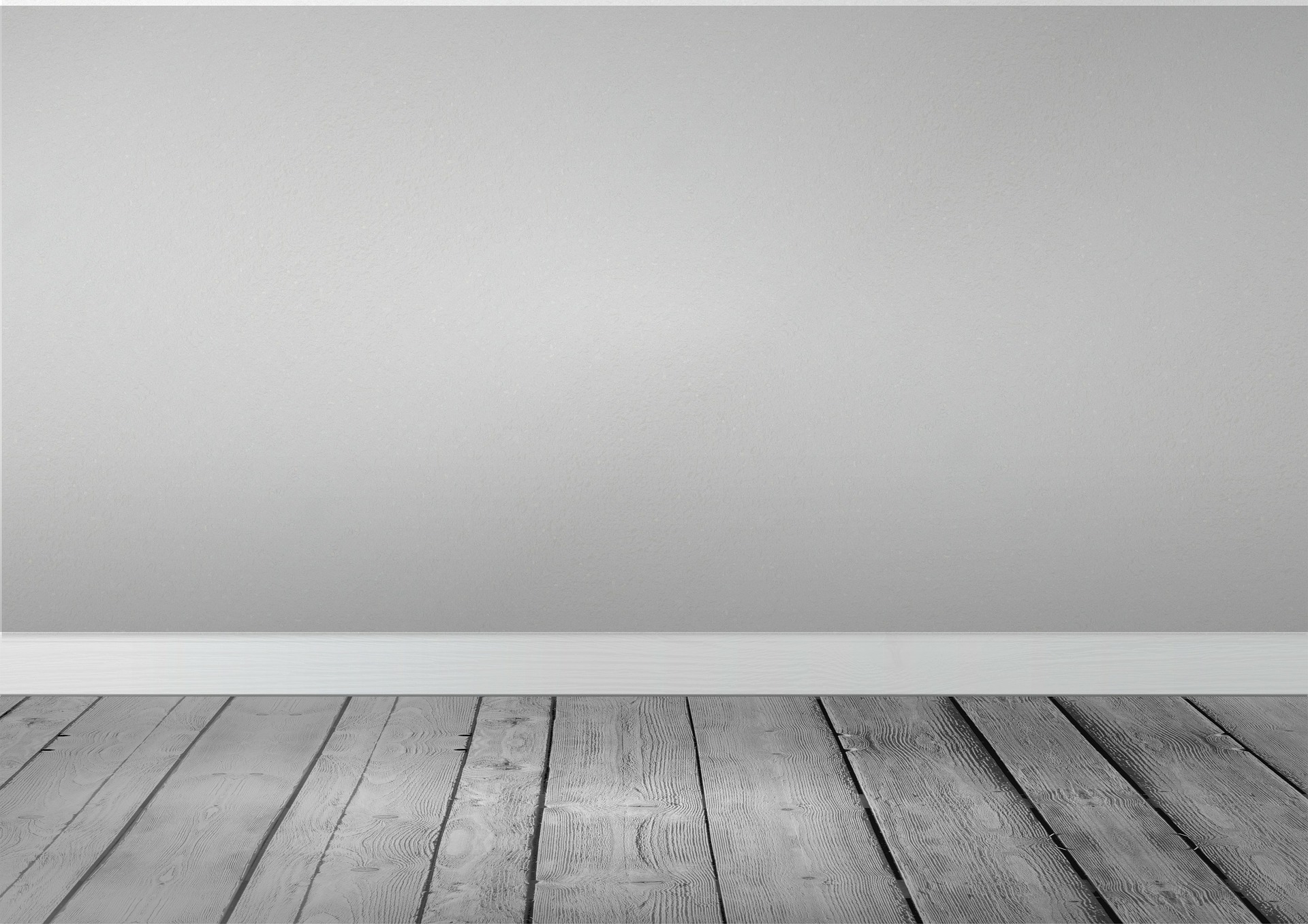Painting the wooden trim elements of your home is never an easy task. It’s no wonder you would usually call the professionals in to do the job to an incredible standard that you will be hard-pressed to achieve yourself.
Freshly painted skirting boards can make a huge (and I mean huge) impact on any room. You may be held back by not knowing the best way of doing this. Well, this blog should give you an idea of what kinds of processes we might follow on the job.
Step 1. Choose Your Colour
As a general rule, the skirting boards will follow the same colour tone as your walls. While darker stones may make a space look modern, while lighter colours like white will lend themselves to small rooms, helping them to seem larger. When in doubt – go for a clear and crisp white. This is usually with gloss or silk paint.
Step 2. Get Your Brush at the Ready
For the majority of skirting boards, a two-inch brush (5cm) is going to be the ideal tool for the job. If you are using water-based paint, then synthetic bristles are a must to avoid hiccups in the process.
Step 3. Sand the surface down
This allows for the paint to bond and prevents potential future chipping Use a soft dry brush to remove loose paint or dust.
Step 4. Create a clean and suitable base.
If your boards have issues like being chipped or dirty, it’s so important that you give them a good clean with a solution of mild soap as well as water. This will ensure that you have a good base for work – this will ensure you have a decent result.
Step 5. Tape the edge up.
It’s going to be a good idea to take up the edge of the floor. This will stop any stray drops of paint from ruining your wooden floor, carpet or those freshly painted walls.
Step 6. Ready, steady – PAINT!
It’s the part we have all been waiting for – the painting itself. Work the paint into the brush up to about half of the Brussels wipe away the excess paint and cut into the top of the skirting first, applying the paint evenly and working in the section about a metre long. Always make your final stroke of the brush along the length of the board.
Step 7 Apply the second coat
It’s time for round 2! You should give solvent-based paint a full 24 hours to dry but waterborne paint takes much less time. Follow the advice on the can before applying your second coat. There is no need to sand between coats.
Step 8 Remove the tape from the edges
Once the second coat is fully dry, carefully remove the masking tape. If the carpet has been masked, then push down the edge of the tape to break the seal before removing it to unveil your perfectly painted skirting boards!
If you can’t deal with this messy job – and who could blame you – give us a call today and we will provide you with a professional paint job.




